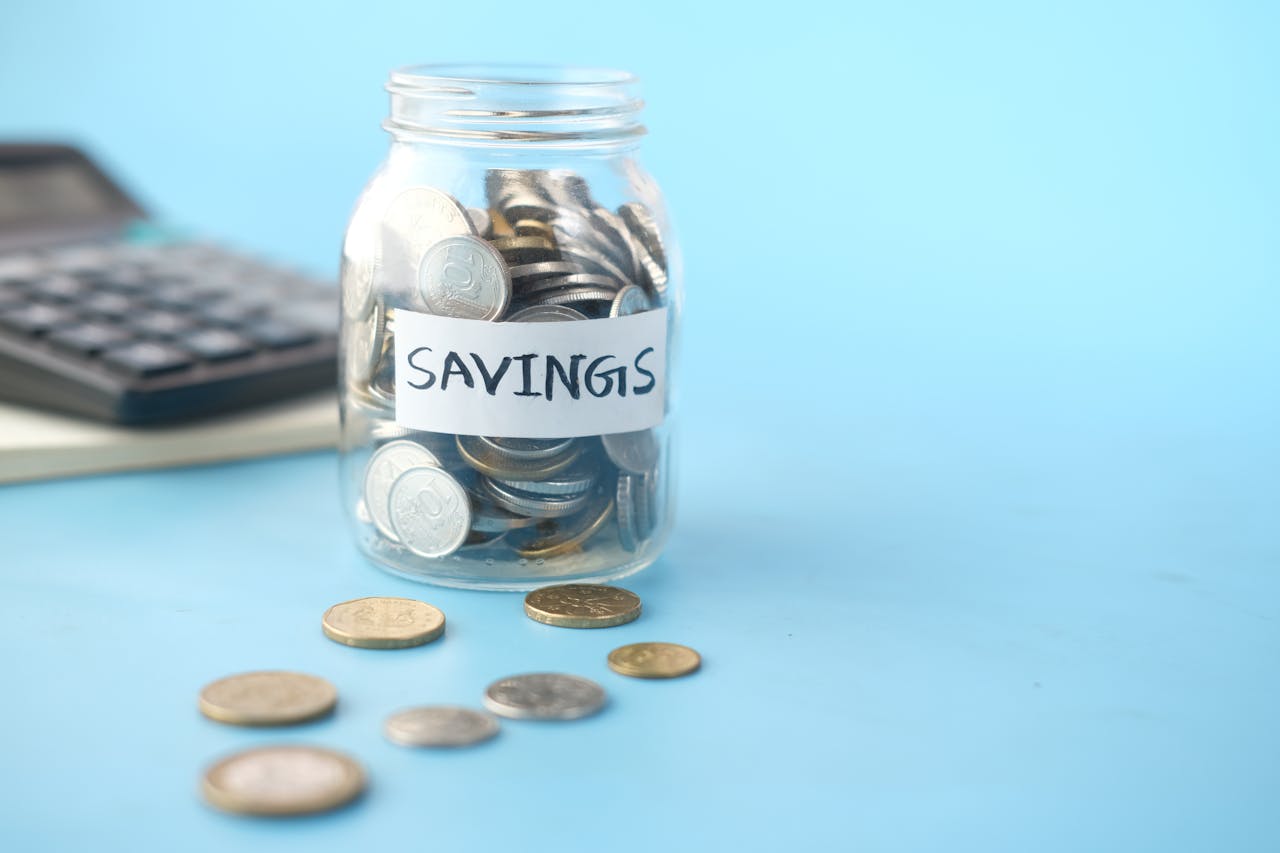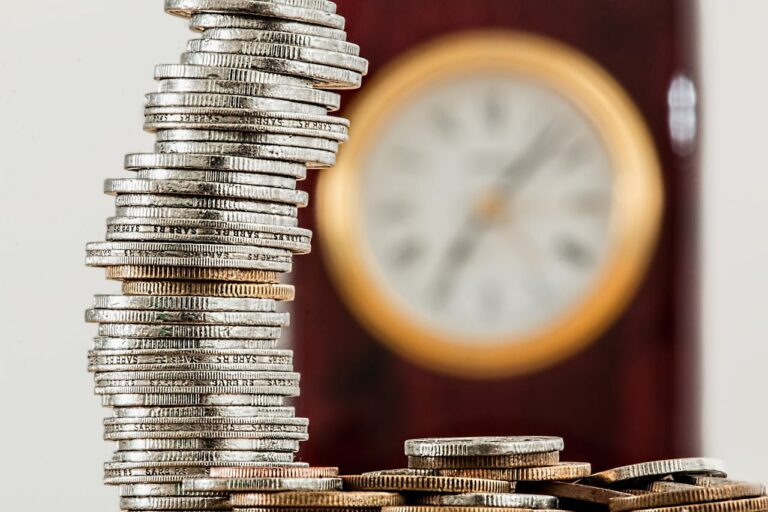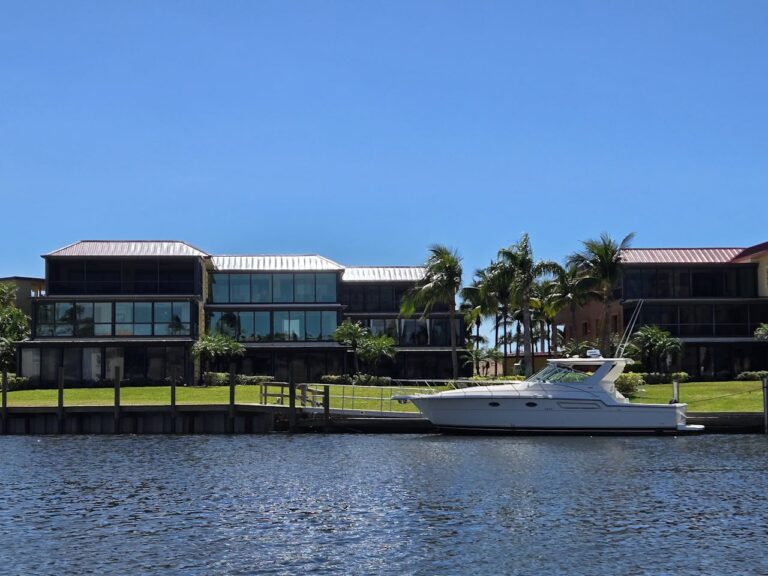Write Us: hello@ali5.org
Emergency Funds Decoded: How Much Is Enough in 2025?
Not sure how much to save for emergencies in 2025? Here’s a clear breakdown of what your emergency fund should look like, and how to build it faster.

Emergencies don’t check your calendar. They don’t ask if you’re ready. They just show up, unexpected job loss, a blown transmission, a health scare, or a landlord who suddenly hikes the rent. And if you don’t have a financial buffer in place, even a minor hiccup can spiral into a crisis.
That’s why an emergency fund isn’t just a smart move in 2025, it’s non-negotiable.
Let’s cut through the vague advice and get real about how much you need, how to build it, and where to keep it.
What Is an Emergency Fund?
At its core, an emergency fund is money you’ve set aside strictly for unexpected, unavoidable expenses. This isn’t for holidays or big purchases you “didn’t plan well.” It’s for situations where not having the cash would force you into debt, delay critical repairs, or put your financial life at risk.
A proper emergency fund helps you:
-
Avoid relying on credit cards or loans
-
Buy time if you lose your job or client income dries up
-
Handle medical bills or household repairs without scrambling
-
Stay calm in chaos, because you’re not broke on top of stressed
The 2025 Reality Check: Why the Old Rules Don’t Cut It
The classic advice says “3 to 6 months of expenses.” It’s not bad. But in 2025, it’s not always enough.
Here’s why that outdated playbook needs an update:
-
Inflation is real. Groceries, rent, fuel, it all costs more than it did two years ago. And it’s not slowing down.
-
Job searches take longer. Layoffs are common. Hiring is slower. You might not land something new in a few weeks.
-
More of us are freelancers. If your income isn’t fixed, you need more cushion to ride out slow months.
-
Out-of-pocket health costs are brutal. Even with insurance, one ER visit can wipe out your savings.
So instead of defaulting to an old rule, let’s get specific to your situation.
Step 1: Know Your Monthly Essentials
You need a clear picture of your true, non-negotiable monthly spending. Pull up your bank and credit card statements from the past 2–3 months and look at the basics:
-
Rent or mortgage
-
Utilities (electric, water, internet, phone)
-
Groceries (realistic, not fantasy budgeting)
-
Transportation (fuel, repairs, insurance)
-
Health insurance premiums
-
Debt minimums
-
Childcare or school fees
-
Medications or health-related expenses
This is your baseline. Not your dream budget or your bare-bones survival budget, just what you need to keep the lights on and your life running.
Say that adds up to $2,400 per month. That’s your starting point.
Step 2: Multiply Based on Your Risk Profile
Now figure out how many months of expenses you should aim for based on how stable, or unpredictable, your life is.
Here’s a rough guide:
-
3 months: Single, salaried job, no kids, low fixed costs
-
6 months: Family household, some debts, mixed income
-
9–12 months: Self-employed, freelancers, or anyone whose income isn’t steady, or who lives in a high-cost city
Using the earlier $2,400/month example:
-
3 months = $7,200
-
6 months = $14,400
-
9 months = $21,600
Add 5–10% extra to adjust for inflation. That $14,400 target from 2023 is closer to $15,500 in 2025 just to maintain the same purchasing power.
Step 3: Where to Keep It
This is not money you invest or lock up for 5 years. The whole point is that you can grab it quickly, without penalties, when life hits you with a curveball.
✅ Best places to stash your emergency fund:
-
High-yield savings accounts (look for 4–5% APY)
-
Money market accounts with instant access
-
Online banks with no withdrawal fees and fast transfers
🚫 Avoid these for your core emergency fund:
-
Stocks or mutual funds (too volatile)
-
Crypto (unless you want your emergency money to vanish overnight)
-
CDs with long lock-in periods
If you’ve already got 6+ months saved, then sure, open a second-tier emergency fund in a low-risk investment. But keep the first chunk liquid.
Step 4: How to Build It (Even If You’re Broke Right Now)
This part overwhelms people. Saving $15,000 sounds impossible when you’re barely making ends meet. But here’s the key: it’s a process, not a one-time task.
Start with a mini-goal: your first $500. Then $1,000. Every win builds momentum.
Strategies that work:
-
Automate it
Set up an automatic transfer from your checking to savings every payday. Even $25/week adds up. -
Treat it like rent
Don’t save what’s left over. Pay yourself first, even if it’s a small amount. -
Redirect temporary income
Got a bonus? Tax refund? Freelance gig? Throw 30–50% into your emergency fund before you even touch it. -
Trim one expense
Drop one subscription, skip one takeout order, or carpool twice a week. Channel the savings straight into your fund. -
Sell your extra stuff
Old gadgets, clothes, workout gear, you’d be surprised how much cash you can free up from things gathering dust.
Step 5: When Other Priorities Clash
People ask: Should I build an emergency fund or pay off debt? Invest in stocks? Save for a house?
Here’s a simple breakdown:
| Your Situation | What to Focus On |
|---|---|
| No savings at all | Emergency fund first, aim for at least $1,000 |
| High-interest debt | Build a mini fund ($1k–$2k), then tackle debt |
| Saving for vacation | Pause it until your emergency fund is stable |
| Investing | Don’t invest if you can’t cover a $500 car repair without panic |
Emergency funds come first because without one, a single emergency can wipe out years of progress.
Red Flags You’re Not Ready
-
You put surprise expenses on a credit card with no plan to pay it off
-
You’re anxious every time your paycheck is delayed
-
You’re one layoff away from panic
-
You keep dipping into savings for non-emergencies
If that’s you, it’s not a judgment; it’s your signal to shift gears.
Final Take: Peace of Mind > Perfection
Building an emergency fund isn’t about obsessing over every dollar or creating the perfect spreadsheet. It’s about giving yourself margin. Flexibility. Breathing room.
In 2025, financial stability won’t come from a higher paycheck alone. It’ll come from how prepared you are for the unpredictable.
Start with what you can, where you are. Build it brick by brick. And the next time life sucker-punches you, you’ll be ready, not just scrambling to survive, but calm, collected, and still standing.
Because the best emergency plan? Is one that lets you sleep at night.







